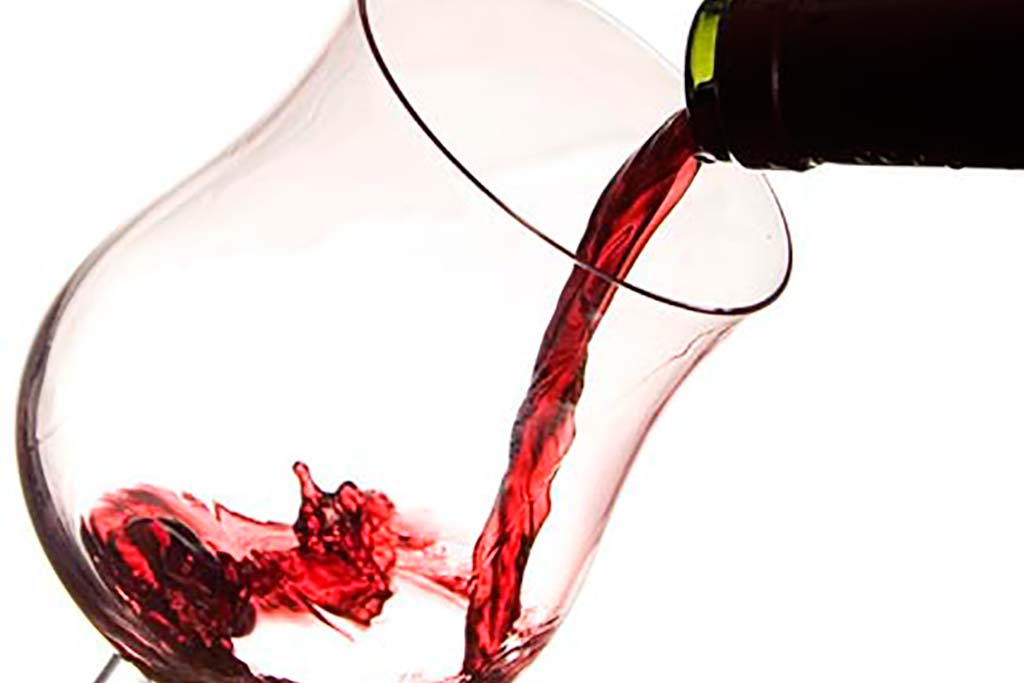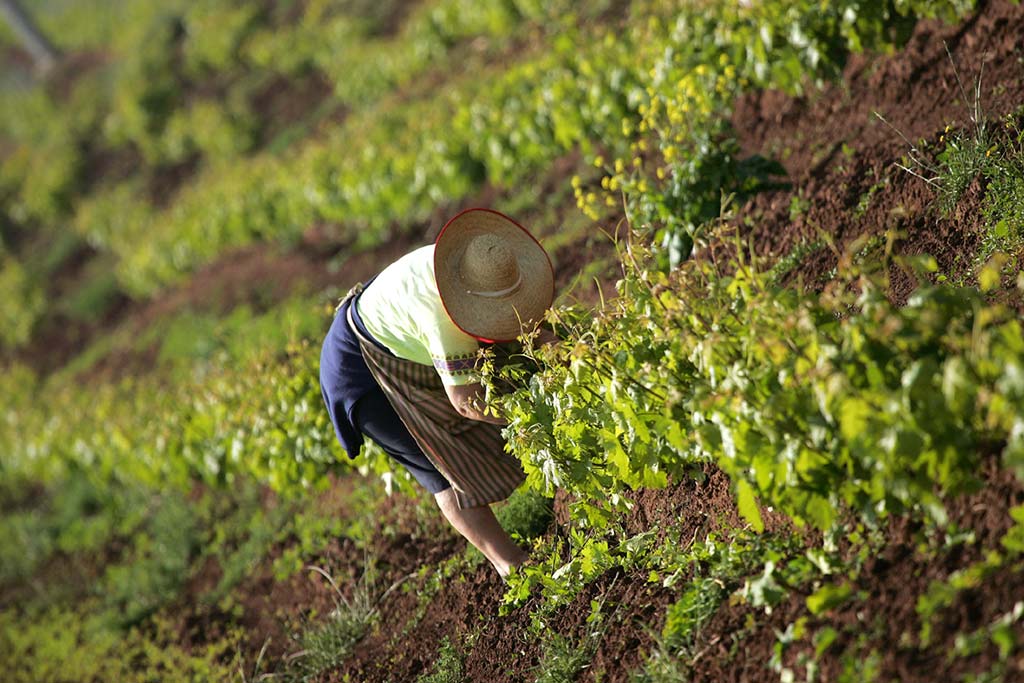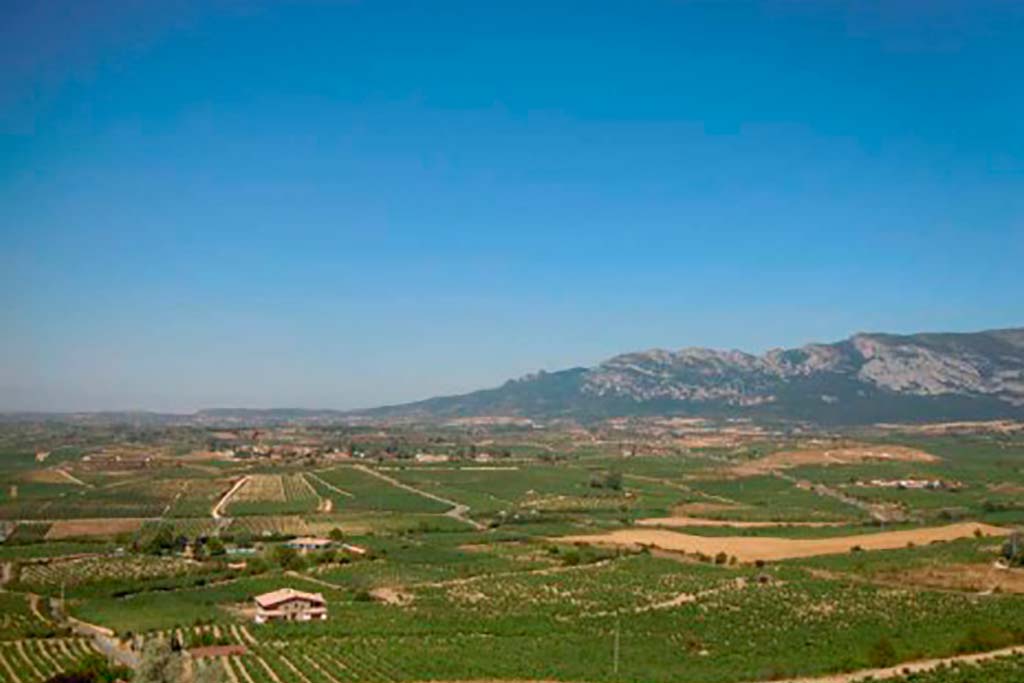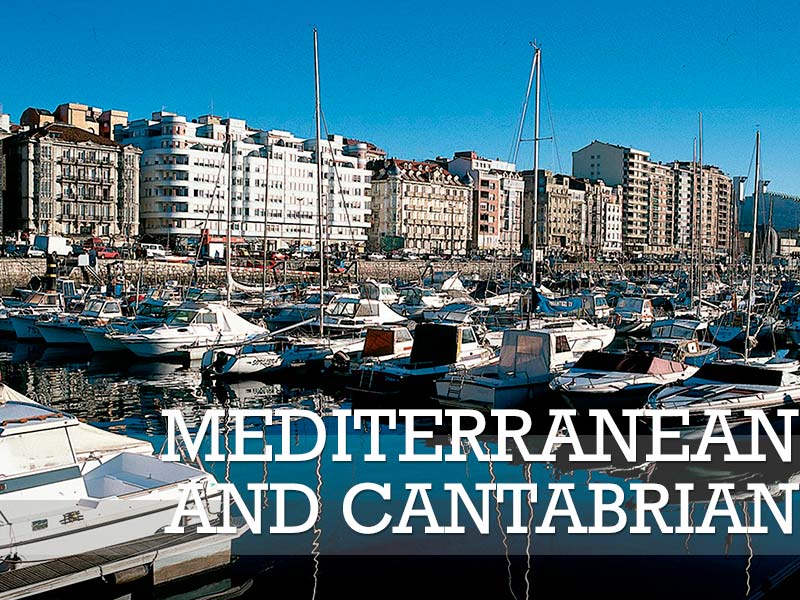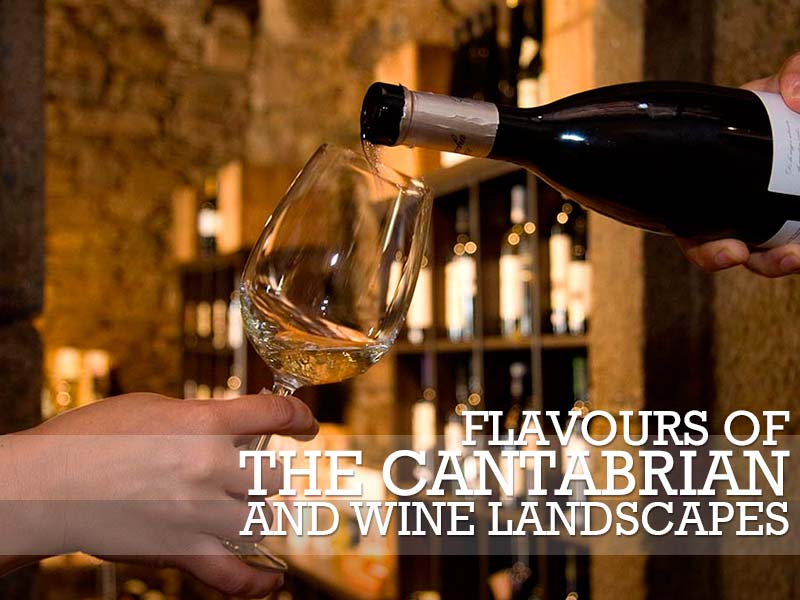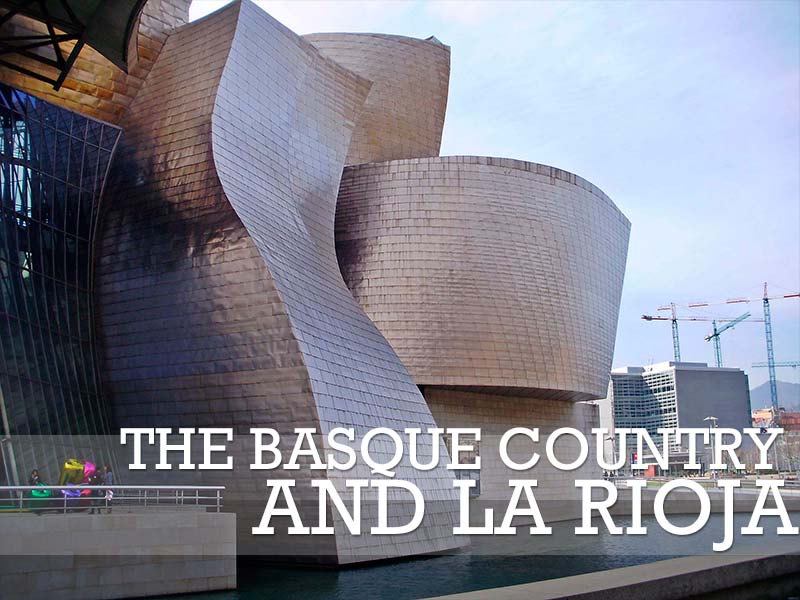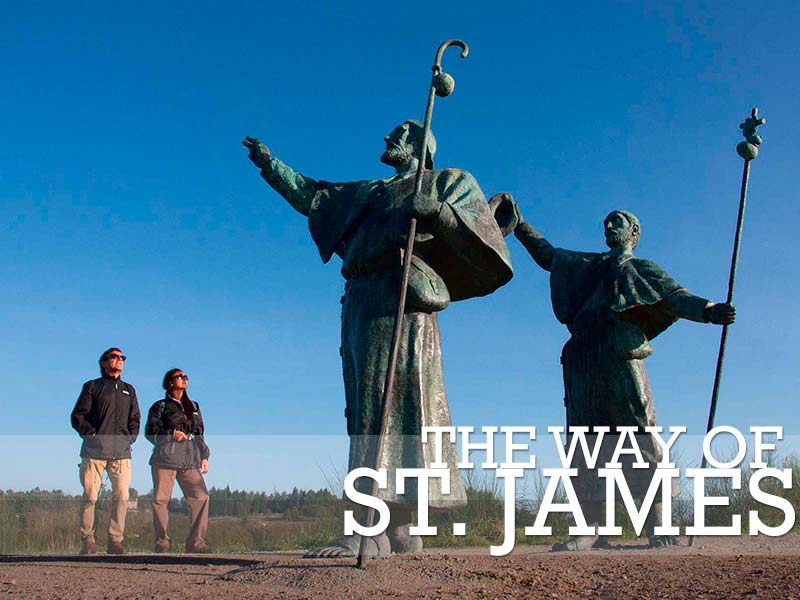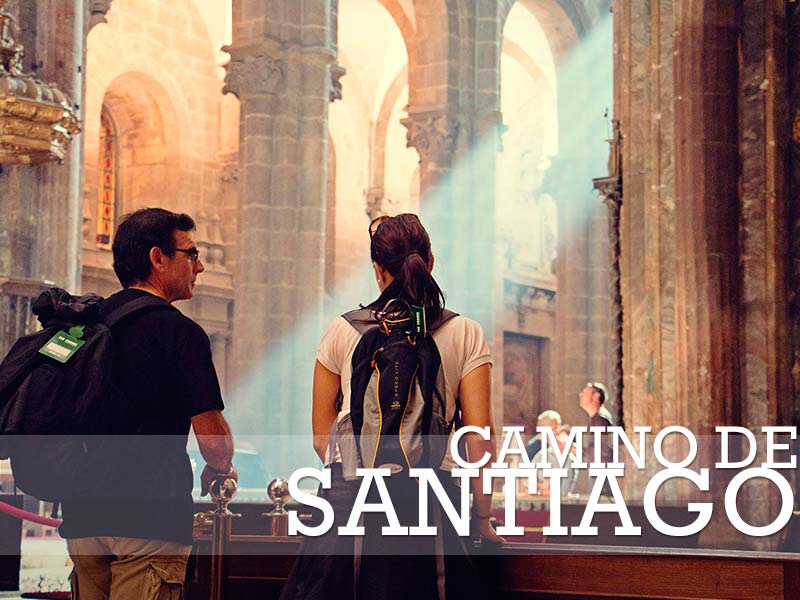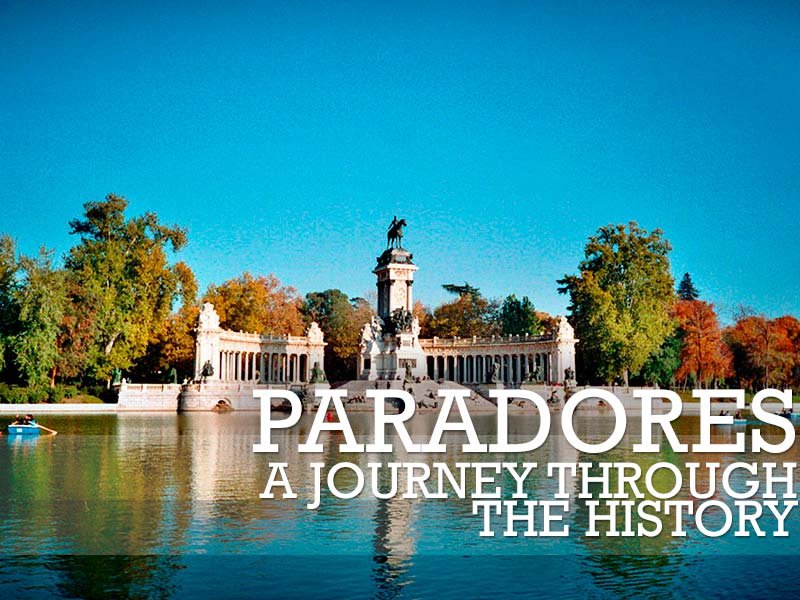
AUTONOMOUS COMMUNITY OF LA RIOJA
This autonomous community is made up of one single province. It covers an area of 5045 km² and has a population of 322,955 inhabitants (figures from 2011). The capital city is Logroño and the Day of the Autonomous Community is 9 June. The Way of St James, the First European Cultural Route and World Heritage Site, is one of the tourist routes most frequently used by travellers to learn about the history, art and culture of La Rioja. The Way of St James crosses this autonomous community along two routes. The French Way, which is the most popular, sets off from Roncesvalles and passes through Logroño and Nájera before reaching Santo Domingo de la Calzada, where it meets up with the other route, referred to as the interior or Basque-French Way, which comes from France via Irún. La Rioja has the shortest section of all the autonomous communities that are crossed by the French Way. However, the historical, cultural, social and artistic importance of this 65 km section is fundamental.
Although it is not situated exactly on the Way of St James, many pilgrims travel to San Millán de la Cogolla and then return to the Way. The town is home to the Monastery of San Millán, which comprises the original Monastery of San Millán de Suso («at the top») and the Monastery of San Millán de Yuso («at the bottom»). The Writing Centre de San Millán is one of the oldest in Europe and is a very important cultural centre, as can be seen by the magnificent collection of Codices it holds.
The community is well known for its wines, which are produced under the Rioja Designation of Origin. Wine is the base of its wealth and a reference point in its culture; everything has to do with wine. La Rioja has more than 500 wineries, which have covered the land with vineyards.
Visiting their facilities and seeing the preparation and ageing of the winds and the secrets kept by the large winegrowing families is an option. Many wineries open their doors and allow visitors to discover their secrets…The wine in this region is internationally acclaimed. The grapes used to make the wine are usually of the Tempranillo, Mazuelo, Graciano, Garnacha, Viura and Malvasía varieties.
One of the typical dishes of La Rioja is Rioja-style potatoes or potatoes with chorizo sausage. The region produces vegetables of great value in the gastronomic world, with asparagus, cauliflower, artichokes, peppers, mushrooms, leeks and borage. They are all combined to make a Rioja-style stew.
VISITS OF INTEREST
LOGROÑO
Crossed by the River Ebro, the town has many places of interest. They include the Co-Cathedral of Santa María de la Redonda, the church of San Bartolomé, the church of Santiago, the church of Santa María del Palacio, the convent of La Merced, the Palace of Los Chapiteles, the Palace of Espartero, the palaces of El Espolón and the Palace of the Marqués de Monasterio.
LA RIOJA
TOURS IN LA RIOJA

ASK FOR INFORMATION

